Filamentous bacteria are none other than the members of actinomycetes. They are unicellular organisms forming a branched network of filaments. They are anaerobic, gram-positive, colony forming bacteria. They are highly rich in G+C content.
Focus on filamentous bacteria examples:
- Actinomyces meyeri
- Actinomyces israelii
- Actinomyces gerencseriae
- Actinomyces naeslundii
- Actinomyces viscosus,
- Actinomyces odontolyticus
- Actinomyces bovis
- Streptomyces coelicolor
- Streptomyces scabies
- Streptomyces venezuelae
- Nocardia brasiliensis
- Nocardia asteroides
- Dermatophilus congolensis
- Crenothrix polyspora
- Methylococcus capsulatus
- Methylocaldum szegediense
- Microthrix parvicella
- Propionibacterium propionicus
- Micromonospora
- Frankia
- Corynebacterium
- Mycobacterium
- Rhodococcus
Actinomyces meyeri
As they are unicellular filamentous bacteria that belong to the class actinomycetes. As per the reports, some members belonging to the Actinomyces genus are responsible to cause chronic inflammation in the lungs of human beings, called “actinomycosis“.
Actinomyces israelii
They are anaerobic, colonial, haematoxiphilic, filamentous gram+ve bacteria. They also cause the same pulmonary inflammation as they are commensal to the mouth and crypts of tonsils. They are also found in gastrointestinal tracts.
Actinomyces naeslundii
They are non-spore forming, facultative anaerobes which is a prominent oral bacteria causing emphyma in humans. They also cause an inflammatory problem in the endocardial layer of the heart. They can easily grow at a temperature of 15 ° C to 40 ° C, with an optimum growth temperature of 37 °C

Actinomyces viscosus
They are filamentous anaerobic pathogen of humans. They are acidogenic bacteria causing dental caries. Most commonly, it causes slow-growing, locally invasive, and destructive tissue damage in the oral neck, chest, abdomen, and pelvis region of human beings.
Actinomyces odontolyticus
This species of actinomyces is linked with cervicothoracic illness in humans. It was first isolated by Batty in 1958 in a patient with root lesions in the oral cavity. They are generally found in Asia and North America.
Actinomyces bovis
It is the causative agent of the lumpy jaw in ruminants. It is a zoonotic organism that causes granulomas, abscesses, skin lesions, and bronchopneumonia in humans. Only when there is the destruction of the epithelial or mucosal surface it can penetrate deeper tissues of the cheeks.
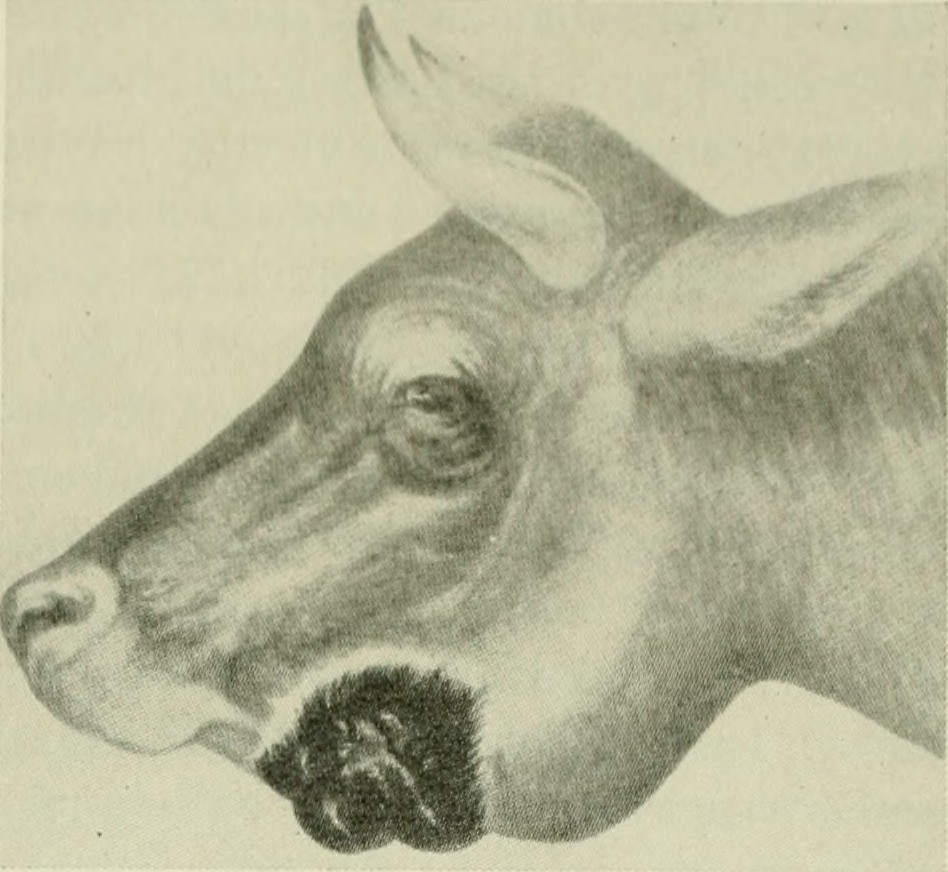
“Lumpy jaw in bovines”
Image credit: Flickr
Actinomyces gerencseriae
They are non-motile, gram positive bacilli and live in soil-biome and also in biological systems. They cause pathogenicity in humans as well as in cattle.
Streptomyces coelicolor
It is also an example of unicellular, spore-forming filamentous bacteria belonging to the phylum actinomycetes. Member of Streptomyces is responsible for much of the decomposition of organic matter in the soil and the “earthy” odour of the soil.
They become the research point of interest as they are “adaptable to environmental stress“. They emit blue/green pigments under alkaline conditions and red pigments under acidic conditions.
Streptomyces scabies
They are the main causal agent of potato scab in common potato crops. It passes through lenticels, wounds, and stomata and penetrates the tissue directly in young tubers. This can be prevented by avoiding the use of materials that add alkalinity to the soil, such as wood ash, fresh fertilizers and lime.
Streptomyces venezuelae
It is one of the gram-positive, unicellular, filamentous bacteria examples. It is mostly known for antibiotic production like chloramphenicol. The spores are somehow different from other members as they are rich in arginine and leucine contents.
Nocardia brasiliensis
They are aerobic, unicellular filamentous bacilli, ubiquitous in the environment but mainly found in soil. They can easily grow in temperature ranges between 25°C to 45°C. They are responsible to cause a disorder named “Nocardiosis” which infects the lungs, liver and central nervous system of humans
Nocardia asteroids
They are also filamentous bacteria examples. They are mostly aerobic, spore-forming, unicellular organisms. They are mostly involved in the septicity of bones and spinal cord region with mild muscular pain and are also found in respiratory tracts of the human population.
Dermatophilus congolensis
It is a gram-positive, non–acid-fast, facultative anaerobic saprophyte. As they are cosmopolitan so can be isolated from soil or water regions. They are mostly seen during heavy and long rainfall. They can cause pathogenicity in Rabbits. They are also a contagious agent for chronic bacterial skin problems known as Dermatophilosis.
Crenothrix polyspora
They are prokaryotic, gram-negative bacteria found in stagnant water containing a low concentration of Fe2+ and methane. They are responsible for the earthy smell in drinking water from ground source water bodies as they possess terpenoid geosmin, trans-1,10-dimethyl-trans-9-decalol and
2-methylisoborneol.
Methylococcus capsulatus
They are methylotrophic, gram-negative aerobes. They can metabolise the methane gas as their source of energy and lowers the level of methane in the atmosphere. With this feature, they became the participating member of the conservation of the biosphere.
Methylocaldum szegediense
These are unicellular, filamentous, thermophilic methanotrophs. They are obligate anaerobes and are extremely hydrophobic due to the presence of mycolic acids on their cell walls.
Microthrix parvicella
They are prokaryotic, unicellular marine eubacteria. They are gram-positive, hydrophobic and also activated-sludge bacteria as they are the major participant in the filtration of water-sludge systems and water purification.
Propionibacterium propionicus
They are pleomorphic, anaerobic, gram-positive, human infecting bacteria. They produce some chemicals in trace amounts like carboxylic acids: propionic acid, acetic acid, formic acid, and succinic acid. They are also capable of nitrogen fixation.
The cell wall is made up of muramic acid, N-acetylglucosamine, glutamic acid, glycine, and L-diaminopimelic acid.
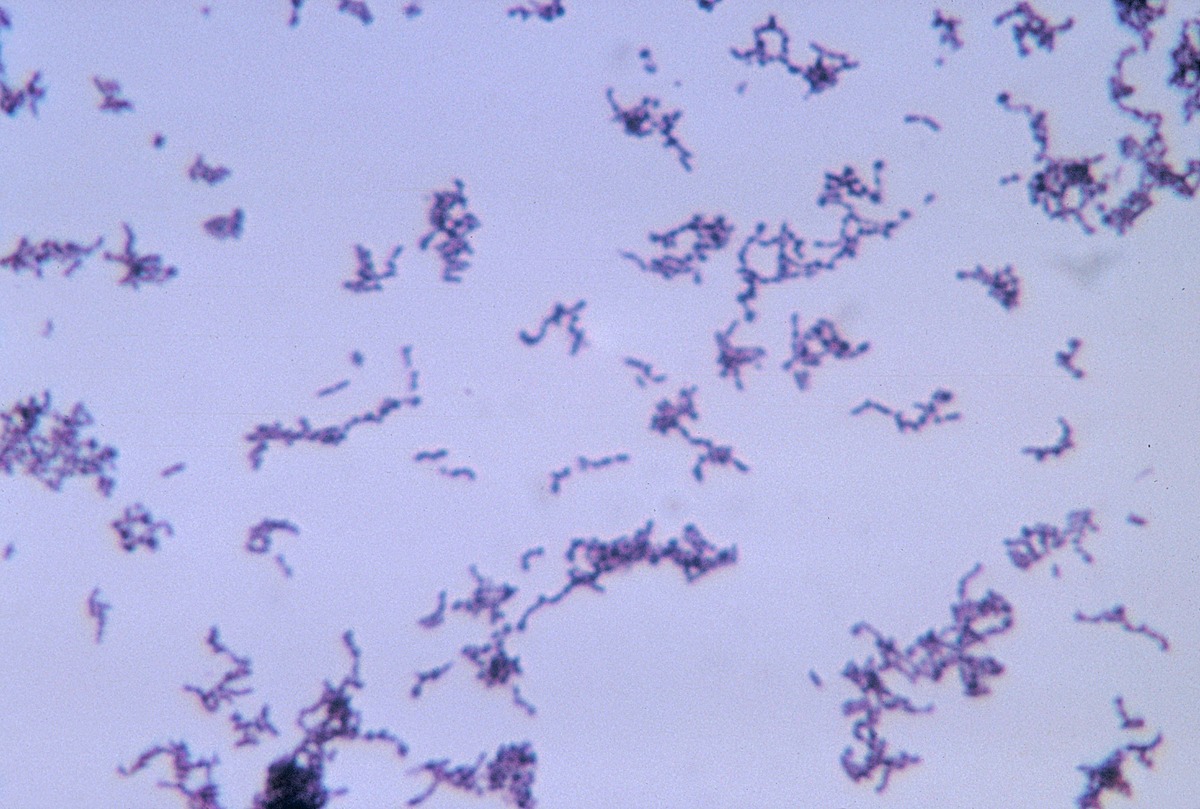
Micromonospora noduli
They are gram-positive, branched, spore-forming aerobes. They are isolated from the root nodules of the Pisum sativum. It contains carotenoid mycelial pigments showing yellow, orange, red, purple, brown, or black colonies. They possess anticancer quinones, annsamycins, antimicrobial peptides, aminoglycosides and gentamycin complexes.
Frankia
They are unicellular, aerobic, gram-positive, filamentous, free-living nitrogen-fixing bacteria. The cell wall is made up of meso diaminopimelic acid, glutamic acid, alanine, muramic acid, and glucosamine and is devoid of mycolic acid in composition.
Nitrogen fixation depends upon the availability of Ca2 + ions in host cells. They can convert atmospheric nitrogen into a biologically consumable form.
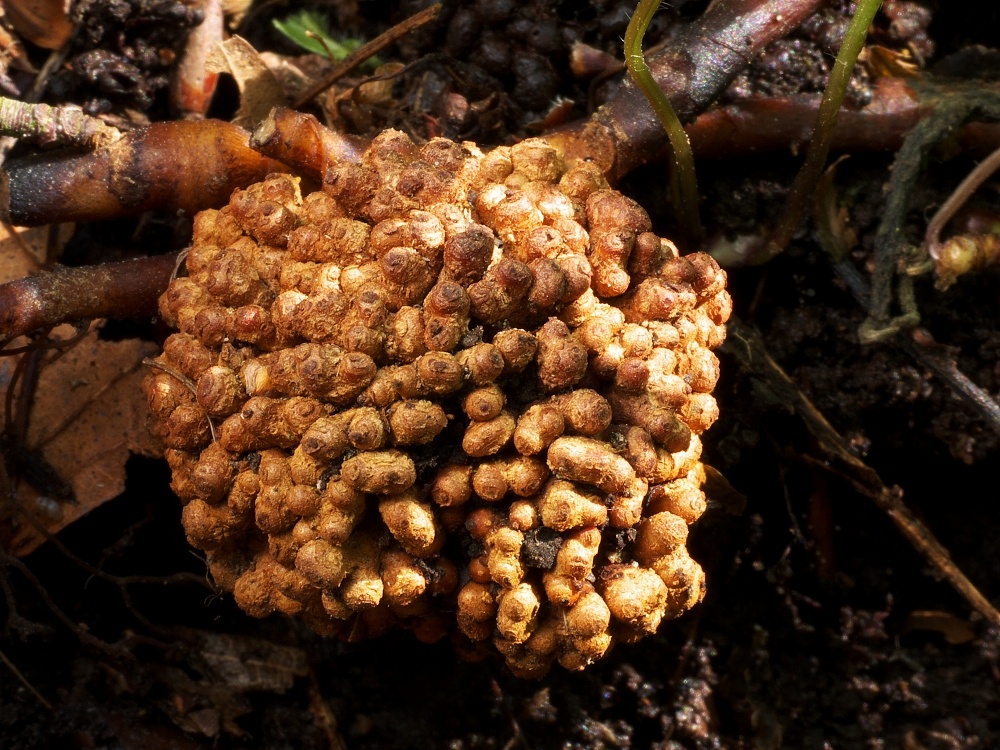
Image credit: Wikimedia commons
Oscillatoria
It is a prokaryotic, filamentous, fresh-water, motile cyanobacteria. The alkaloid neurotoxin antxa is a potent post-synaptic depolarizing neuromuscular inhibitor produced by the organism. Reproduction is mainly through binary fission or fragmentation.
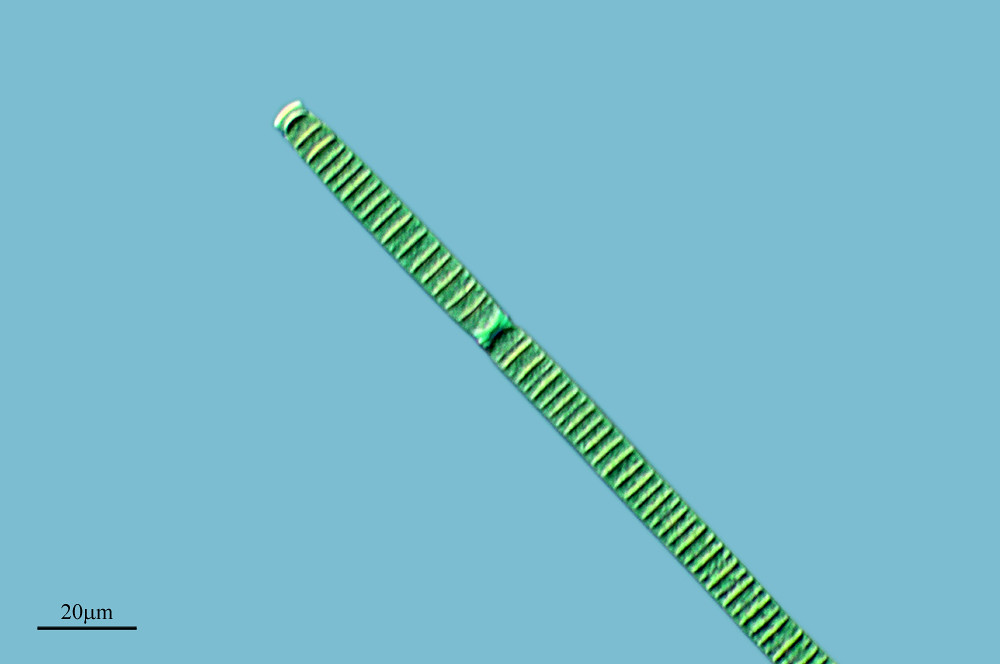
Image credit: Flickr
Nostoc
Members of this genus are photosynthetic, unbranched, colonial, filamentous bacteria. They possess a specific structure for nitrogen fixation” Heterocysts” into filaments. They reproduce through fragmentation and akinete formation.
Corynebacterium
Species of this genera are mostly unicellular, prokaryotic, filamentous, a club-shaped bacterium is known for pneumonic inflammation in human beings. They live in mice, rats, and voles as commensal organisms. A species Corynebacterium diphtheria is the main causal agent of diphtheria.
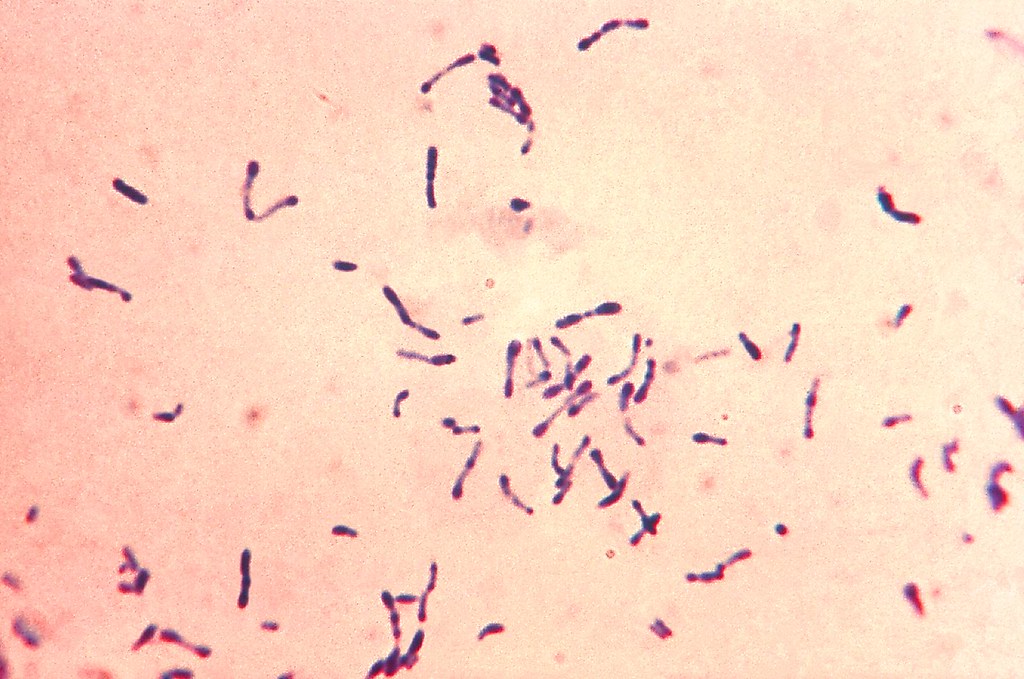
Image credit: Flickr
Mycobacterium
They are gram-positive, catalase positive, non-motile, non-spore forming rod-shaped aerobes. They are mostly saprophytic to human beings. Mycobacterium tuberculosis is responsible for the ailment in the throat and lungs i.e. Tuberculosis.

Image credit: Flickr
Rhodococcus equi
It is a gram-positive encapsulated intracellular, soil-borne bacillus. They can metabolise aromatic compounds like toluene, naphthalene etc. They are potential members of the bioremediation of pollutants.
They are used in sewage treatment plants as they can form flocculation and fermentation by releasing gases. They can cause illness in the bone and joints.
Conclusion
This article is mainly focused on the examples of filamentous bacteria in which some are methane producing helps in flocculation formation in sewage treatment and to improve water quality. Few are the major nitrogen fixer and contribute to conservation in the biosphere while some are pathogenic to the biological systems like humans and cattle.
Also Read:
- Chest anatomy
- Purple sulphur bacteria examples
- Does translation occur in the cytoplasm
- Cytoplasm in white blood cell
- Adenine function in rna
- Exotic species examples
- Light dependent reaction example
- Facilitated diffusion in cell
- Do animal cells have endoplasmic reticulum
- Polycarpic plant example

Hi….I am Anushree Verma, I have completed my Master’s in Biotechnology. I am a very confident, dedicated and enthusiastic author from the biotechnology field. I have a good understanding of life sciences and great command over communication skills. I thrive to learn new things every day. I would like to thank this esteemed organization for giving me such a great opportunity.
Let’s connect through LinkedIn- https://www.linkedin.com/in/anushree-verma-066ba7153

Hi Fellow Reader,
We're a small team at Techiescience, working hard among the big players. If you like what you see, please share our content on social media. Your support makes a big difference. Thank you!